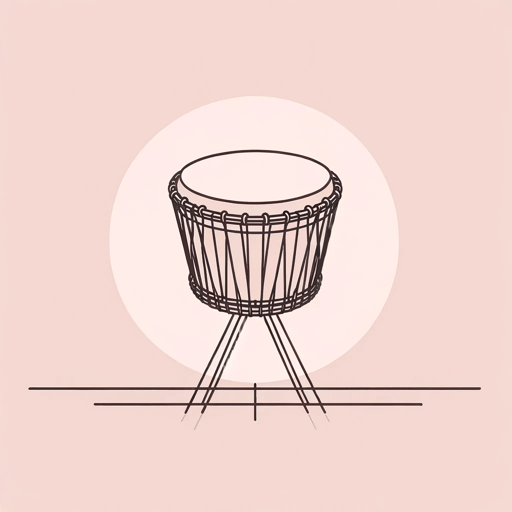49 pages • 1 hour read
George C. WolfeThe Colored Museum
Fiction | Play | Adult | Published in 1987A modern alternative to SparkNotes and CliffsNotes, SuperSummary offers high-quality Study Guides with detailed chapter summaries and analysis of major themes, characters, and more.
Symbols & Motifs
Dance
The motif of dance is used in the play as both a method of expression and a representation of the commodification of the Black body. Miss Pat says dancing is allowed, but only when the “Fasten Shackles” sign is not illuminated. This is a reference to the fact that the crew of slave ships would allow some stretching and dancing periodically so that the slaves would avoid sickness onboard. Female slaves were kept separate from the male slaves on the main deck with the crew, and dancing was also permitted, in fact sometimes enforced, upon the female slaves. These dances were often a precursor to rape, and refusal to participate meant harsh punishments. Miss Pat’s assuring the passengers that these dances will go one to create the Funky Chicken is bitterly ironic.
When Miss Roj then describes New York as “doing a slow dance with death” (15), we know that dancing is a complex interplay of the hunter and the hunted as the AIDS virus circles its partner. Miss Roj eerily beckons the audience to “dance your last dance with Miss Roj […] ’cause by the time a match is struck on 125th Street and you run to mid-town, the flame has been blown away” (17).

